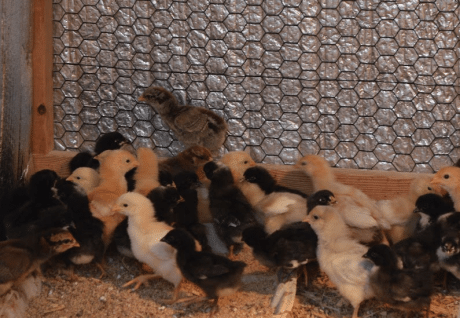Raising Poultry Increasingly a “Raw Deal” for Alabama Farmers
In the U.S., poultry production has risen leaps and bounds over the past several decades. It’s now an almost $50 billion industry. Alabama is located in the heart of what’s considered the agricultural “chicken belt” of America. In 2013, Alabama farms produced roughly 1 billion chickens. While that may make it sound like the state’s poultry farming economy is healthy, farmers tell a different story. A mere two companies control about 40 percent of the U.S. chicken market. Additionally, every one of Alabama’s chickens is produced by contract famers, and some of these farmers tell the weekly newspaper WELD that they’re getting a raw deal.
“A generation ago, before the practice of contract farming took over, the majority of farmers in Alabama (and elsewhere) owned their own chickens,” writes Cody Owens in this week’s WELD. “Now, there is not a single privately owned chicken farm in the state. It is not uncommon for farmers to take out $1 million loans in order to build houses and obtain a contract with a major company like Tyson or Pilgrim that control a large portion of the market.”
For more, WBHM’s Rachel Osier Lindley spoke with Nick Patterson, editor of WELD. Patterson joins WBHM most Thursdays during All Things Considered.
Q&A: How harm reduction can help mitigate the opioid crisis
Maia Szalavitz discusses harm reduction's effectiveness against drug addiction, how punitive policies can hurt people who need pain medication and more.
The Gulf States Newsroom is hiring a Community Engagement Producer
The Gulf States Newsroom is seeking a curious, creative and collaborative professional to work with our regional team to build up engaged journalism efforts.
Gambling bills face uncertain future in the Alabama legislature
This year looked to be different for lottery and gambling legislation, which has fallen short for years in the Alabama legislature. But this week, with only a handful of meeting days left, competing House and Senate proposals were sent to a conference committee to work out differences.
Alabama’s racial, ethnic health disparities are ‘more severe’ than other states, report says
Data from the Commonwealth Fund show that the quality of care people receive and their health outcomes worsened because of the COVID-19 pandemic.
What’s your favorite thing about Alabama?
That's the question we put to those at our recent News and Brews community pop-ups at Hop City and Saturn in Birmingham.
Q&A: A former New Orleans police chief says it’s time the U.S. changes its marijuana policy
Ronal Serpas is one of 32 law enforcement leaders who signed a letter sent to President Biden in support of moving marijuana to a Schedule III drug.








